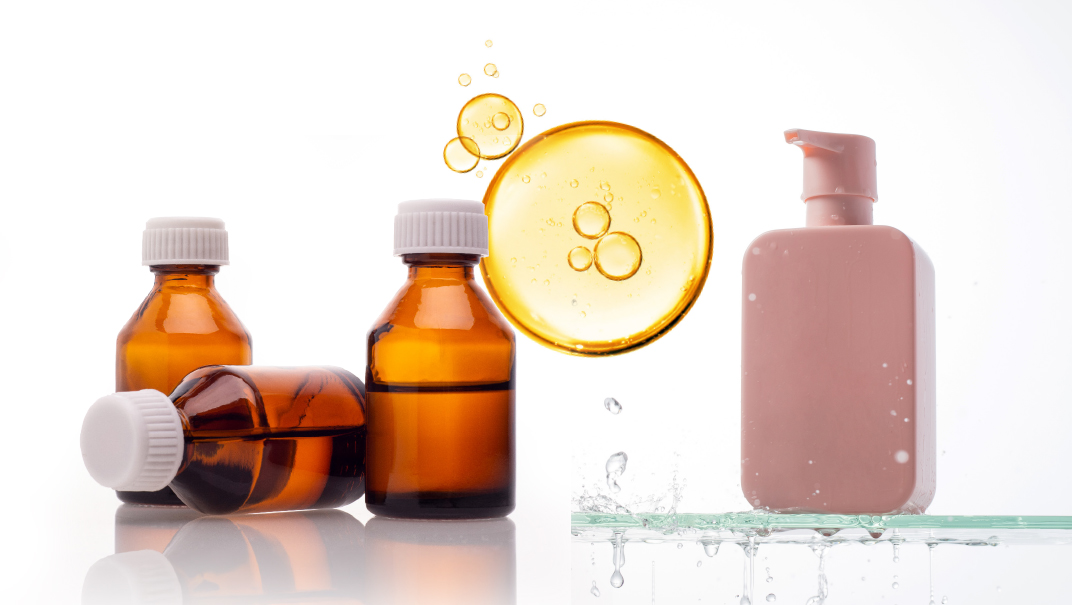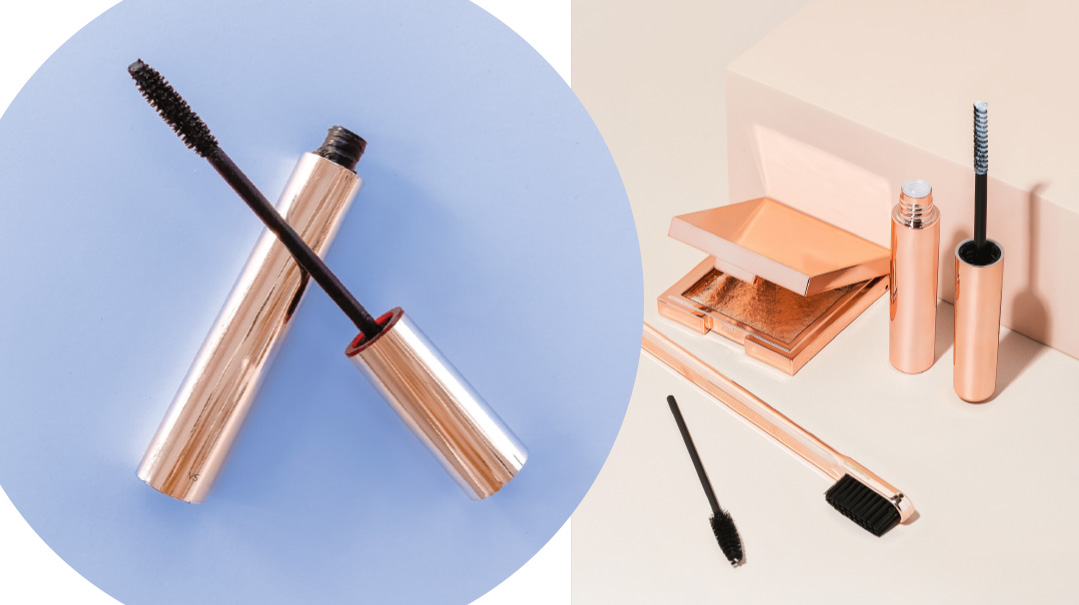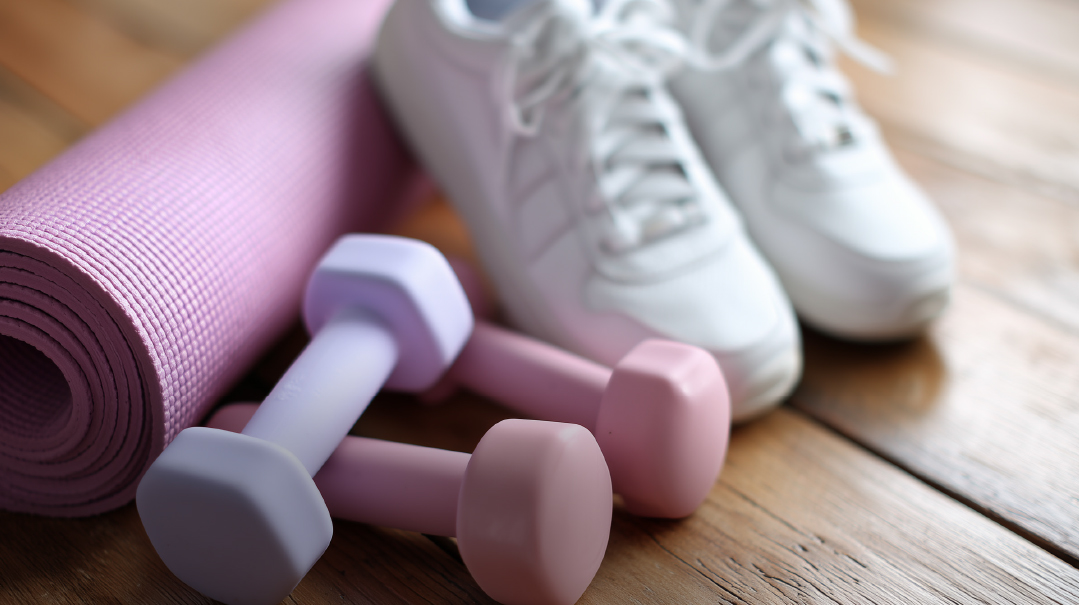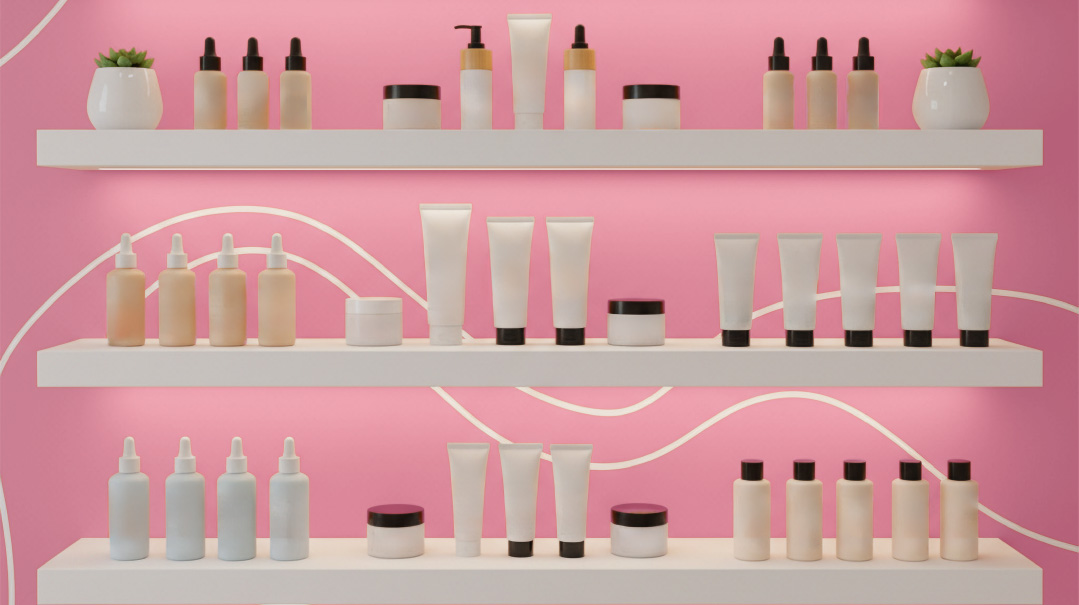Inside Out: The Basics of Wound Care

The medical world has, thankfully, changed its methods when it comes to minor cuts, scrapes, and burns

When I was a child, wound care was terrifying. When I scraped my knee bloody at the age of five, my father ushered me into the house, brandished a bottle of hydrogen peroxide, and matter-of-factly poured it over my boo-boo. At five, my pain threshold was low, and after my hysterical shrieking ceased, I decided that adults couldn’t be trusted with injuries.
But the medical world has, thankfully, changed its methods when it comes to minor cuts, scrapes, and burns, and disinfectant is now (phew) passé. Science has noted that while alcohol and peroxide do kill bacteria, they also annihilate the healthy tissue vital to healing, including the immune cells and fibroblasts, which produce collagen. Such measures can also impede new blood vessel formation, which is also necessary for recovery. In short, we no longer destroy the good with the bad. The new recommendation is that simple soap and water is sufficient to clean gashes.
That’s right, mild soap and water is all that’s needed. The surfactants in the soap break down any infection-causing dirt, and water washes it away. Don’t apply soap directly to the wound, but around it; then rinse with water. If soap and water doesn’t seem sufficient to you, there’s Hibiclens or Betadine, which are both gentle yet antiseptic cleansers.
As for burns: cool the burn with either cold compresses or running cold water for ten minutes, or until the pain fades.
Next step: no more Neosporin! It doesn’t help. Not only that, quite a few people have allergic reactions to it. And because it can irritate skin, cuts can take longer to heal. There doesn’t seem to be consensus on Bacitracin, but many dermatologists are no longer recommending it.
So what should you apply? Occlusives, like plain old petroleum jelly. Vaseline, Aquaphor, that sort of thing. Lots of it. When I was a kid, the message was always to dry out the wound as soon as possible so it should swiftly heal. But in actuality, cuts need moisture in order to mend quicker.
See, when skin is hurt, the skin cells from the healthy skin on the sides move into the wound, working horizontally to draw the cut together. If the gash dries out and scabs over, then the healthy cells can’t get in there to fix the injury. This can lead to longer heal time and scarring. Yet we also want to prevent infection, so the injury has to be kept covered.
Be sure to change daily the Band-Aid placed on top of the Vaseline-covered cut. But if you want to take wound care up a notch, consider hydrocolloid bandages, a.k.a., occlusive dressings. These keep gashes moist by absorbing moisture from the injury while the edges seal out bacteria. Apply a thin layer of Vaseline and then stick it on. Nexcare Advanced Healing Hydrocolloid Pads are great ones to try.
Then there’s the concern about scars. The sun is what causes hyperpigmentation in scars, so be on top of sunscreen and sun exposure to prevent darkness from developing.
In terms of treating existing scars, vitamin E oil used to be the go-to, but like everything else, it has also been reevaluated. Studies have shown that vitamin E oil does gornisht to prevent scars, and not only that, a rather large amount of people also develop contact dermatitis from it. It has been noted, however, that it wasn’t the oil that was beneficial to the scar — it was the massage. Massaging scars for a couple of minutes twice a day can break it up over time. This applies to older scars, not new scars.
Scars are formed because the body produces excess collagen at the site of the injury to, in essence, stitch skin together. Silicone products, like the sheets or gels made by ScarAway, are the best option for treating scars. The silicone not only hydrates and softens the scar, but also slows down the production of collagen that caused it in the first place. Silicone products need to be on for at least 12 hours (up to 24) at a time in order to work. These are ideal for many different types of scars, including burn scars, post-surgical scars, stretch marks, and even for flat acne scars (not for depressed scars). Be patient, though; it can take a couple of months of consistent use to get wanted results.
As always, in the case of infection, be sure to see a doctor.
(Originally featured in Family First, Issue 936)
Oops! We could not locate your form.







